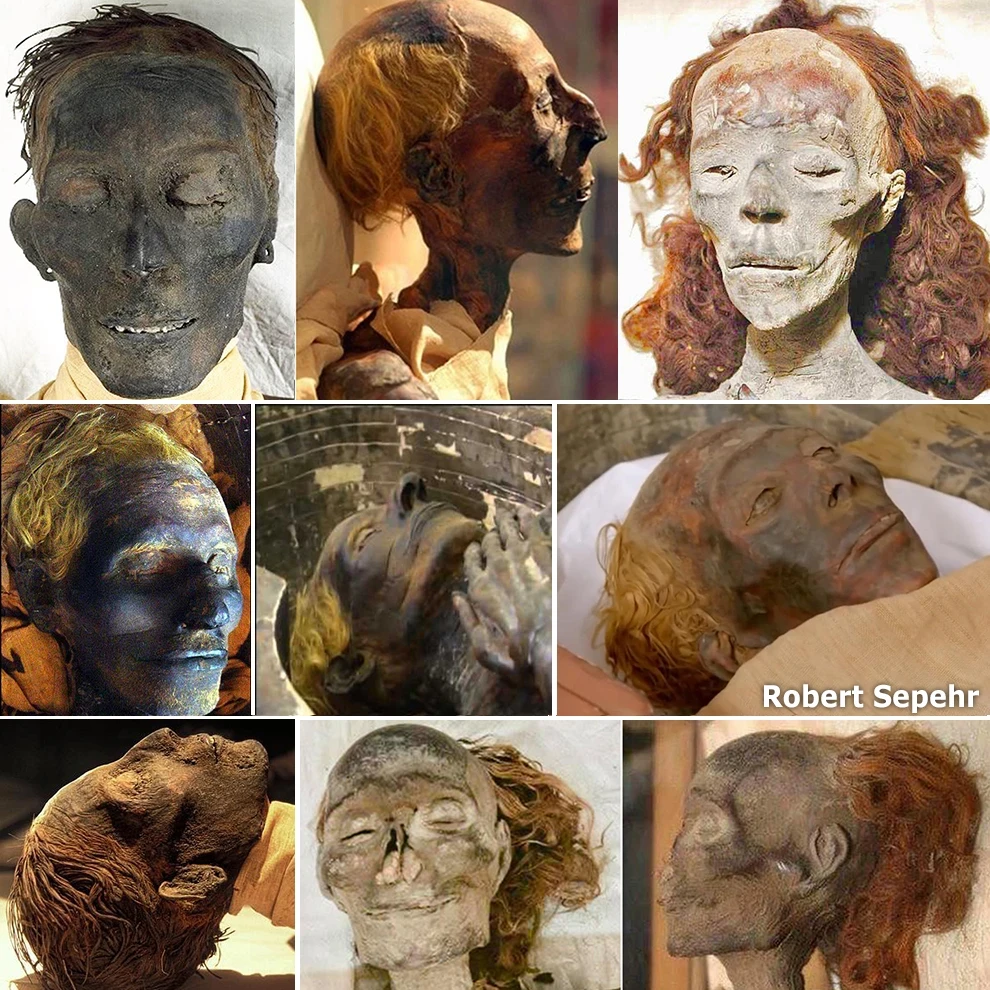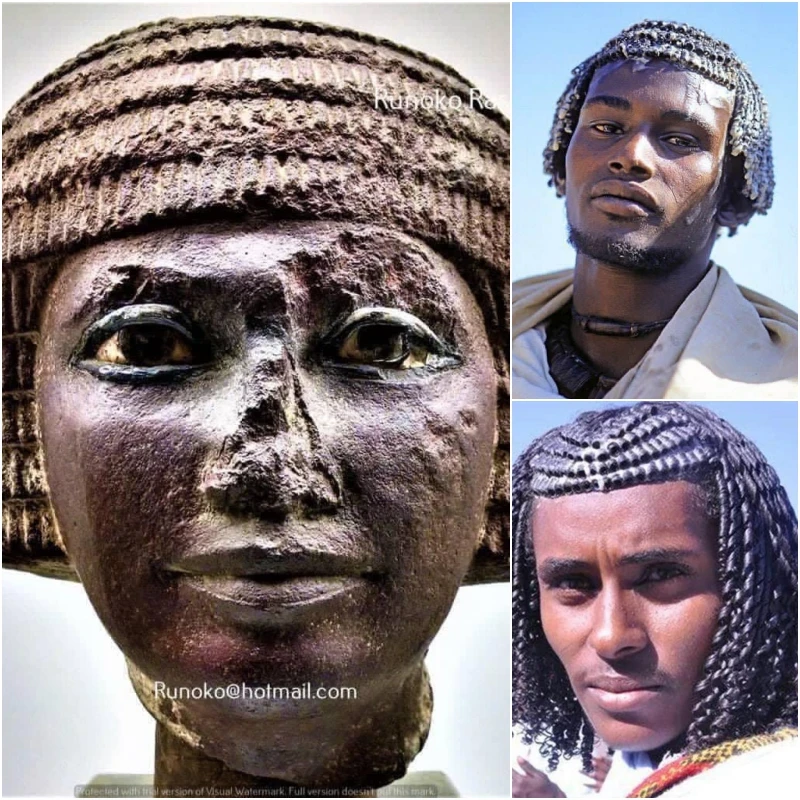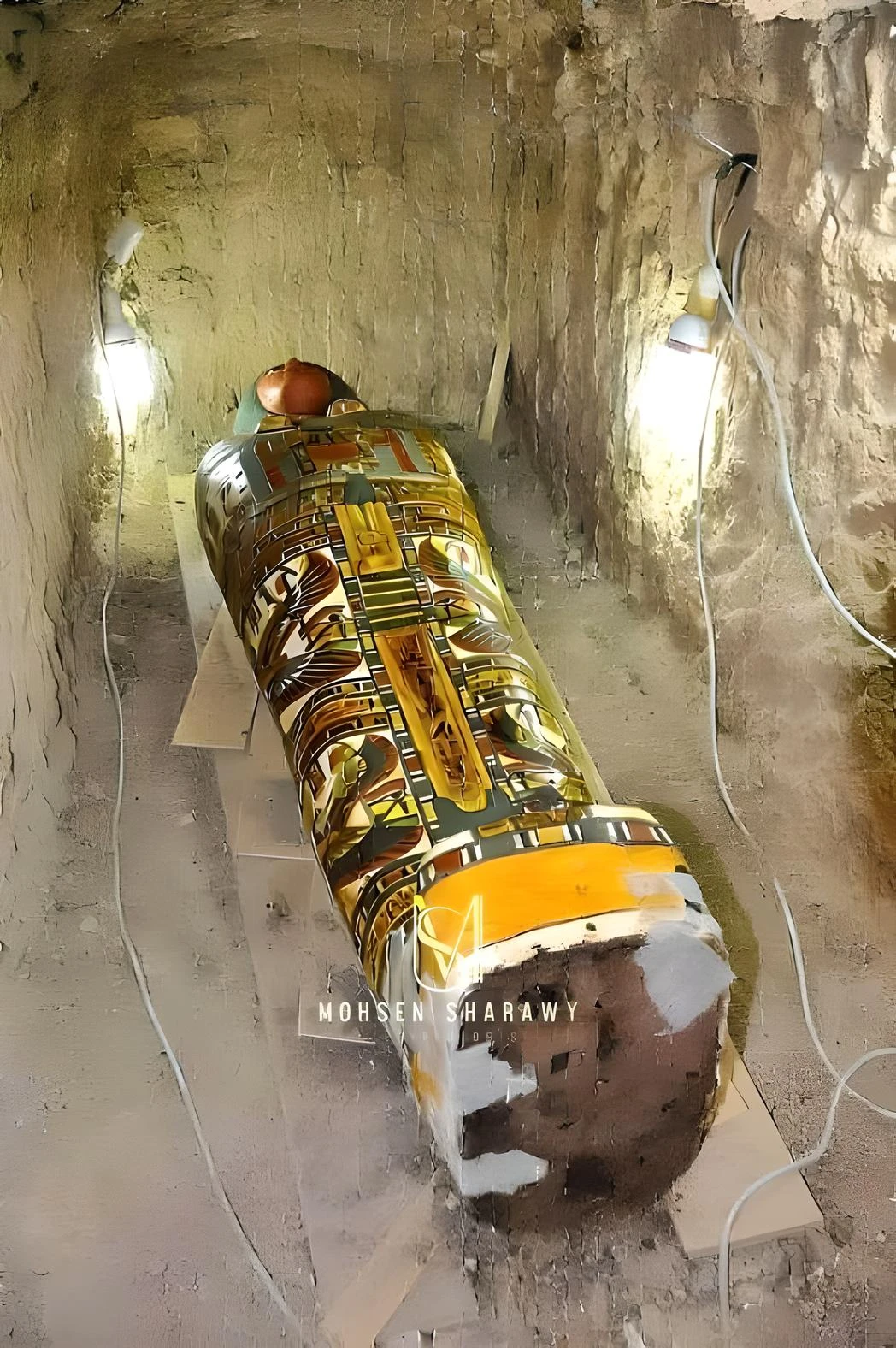Windsor Royals as Reptiles: A Curious Theory Unfolds
The Windsor House of Reptiles: Myth or Reality? The British royal family, officially known as the House of Windsor, has always been surrounded by rumors and theories. One of the most intriguing and persistent myths is the idea that the Windsors are, in the words of the late Princess Diana, “real lizards.” This reference, apart from being intriguing, was met with skepticism by many but continued to fuel popular imagination and inspired theories that question the true nature of the royal family. Origin of the Theory Diana’s remark about the Windsors as “lizards” was, according to some sources, an allegorical…
2 min read









